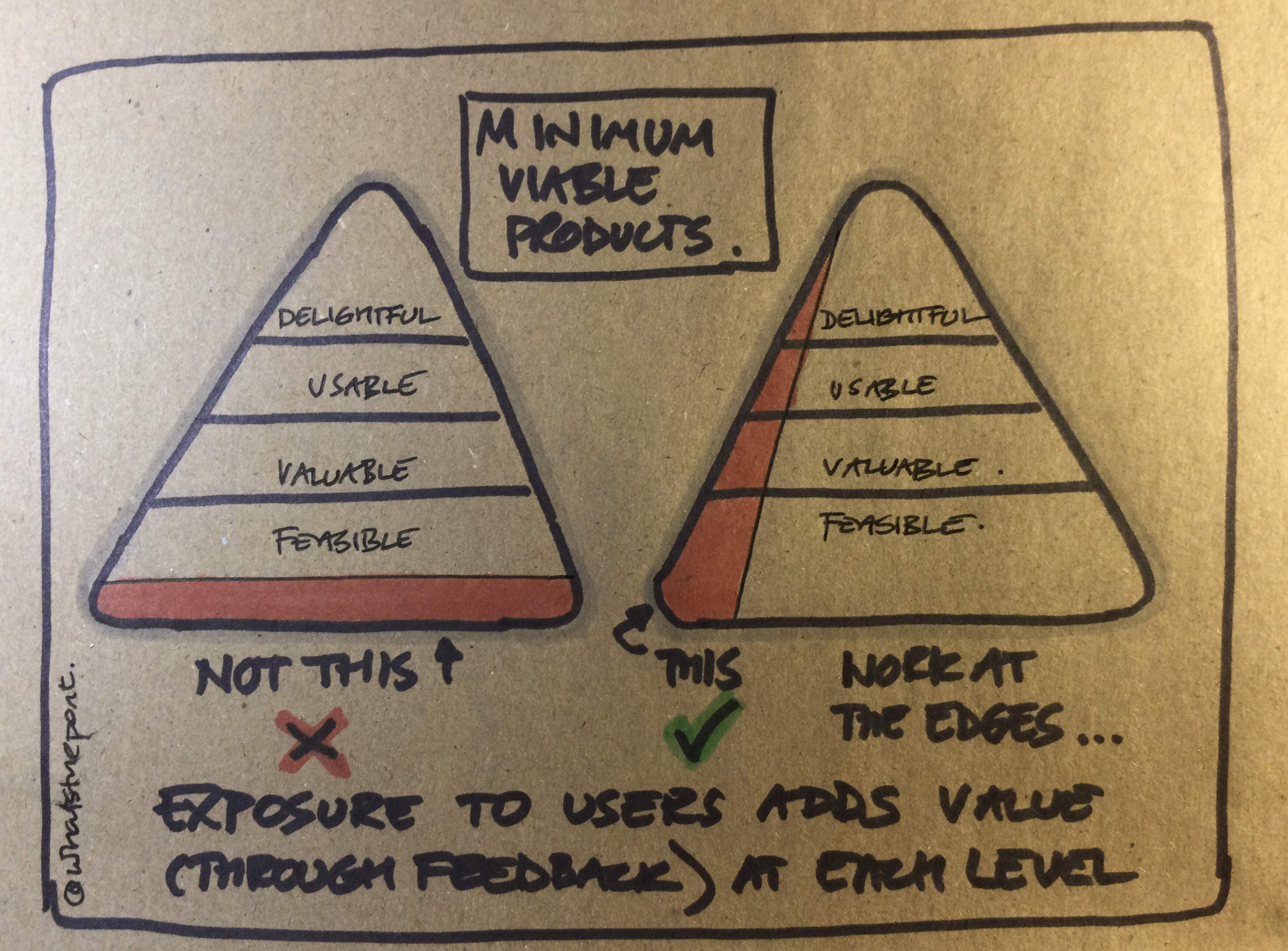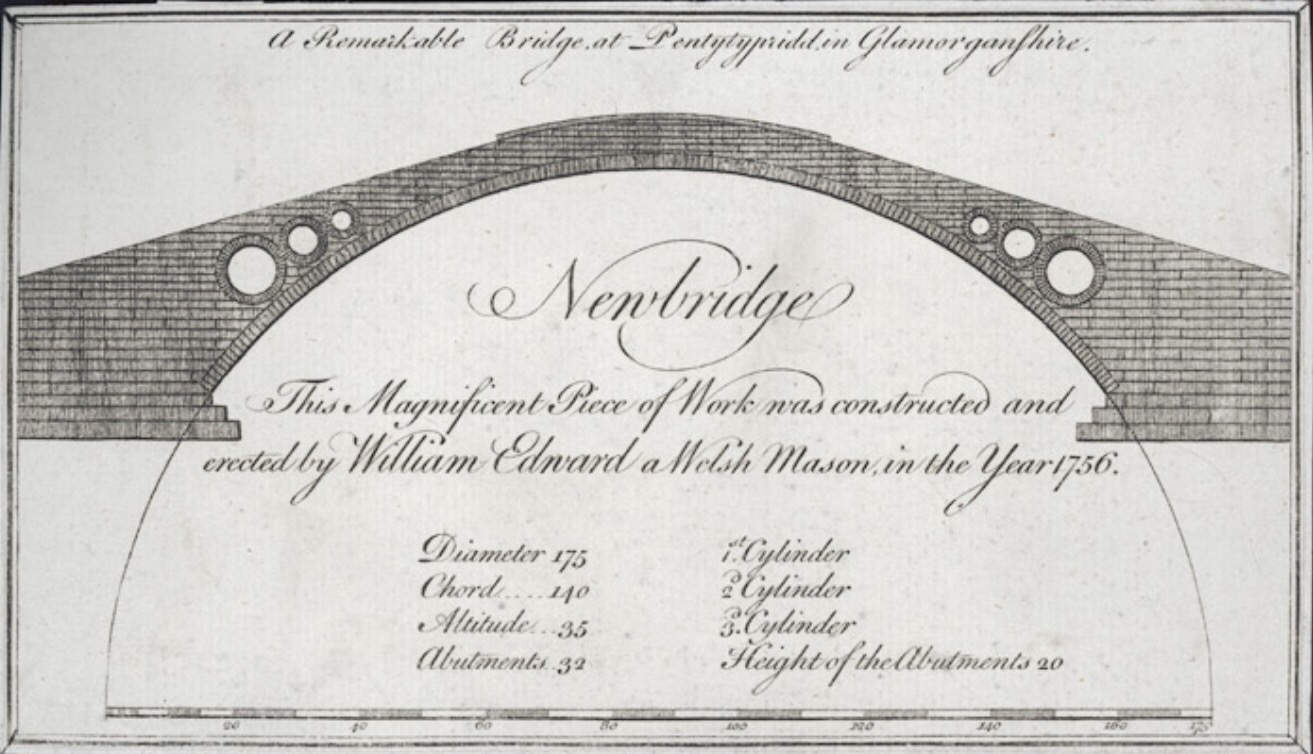 Speeches you never hear at a Corporate Conference: “… Our Transformation Programme is going to be small and imperfect. We are going to do many small things that probably won’t work straight away. However, we will learn lessons from these ‘experiments’ and apply the learning to a better next small thing, making sure we progressively move forward, in the right direction…”
Speeches you never hear at a Corporate Conference: “… Our Transformation Programme is going to be small and imperfect. We are going to do many small things that probably won’t work straight away. However, we will learn lessons from these ‘experiments’ and apply the learning to a better next small thing, making sure we progressively move forward, in the right direction…”
If you have heard this sort of thing at your Corporate Conference, you probably don’t work in public services, and you can switch of now if you like.
Transformation is a BIG word. Most ‘Transformation Programmes’, (particularly anything to do with Culture, Values or Behaviour) talk about BIG changes, often in impressive language. This frequently involves the following; a clearly defined vision for the endpoint, a communications plan, milestones and targets, and a carefully crafted ‘road map’ which ‘articulates the journey’ to the troops.
As far as I’ve seen the idea of small ‘experiments’, testing multiple ideas, accepting that failures will happen, and a process of learning and iteration rarely feature. The ‘Transformation Programme’ is about certainty and guaranteed success, there can be no room for failure (it’s too big to fail). I’ve touched on this idea before in the comparison of Trojan Mice with Trojan Horses.
Minimum Viable Transformation. Have a look at this graphic from Deloitte University Press before I continue.

The Minimum Viable Transformation business model explained in the Deloitte University Press article builds upon the concept of Minimum Viable Product (MVP).
MVP has been around in the world of digital startups and IT development for a while and seems to work as an alternative to the traditional: ‘Big Bang, linear path focused on excellence of delivery and detailed planning’.
It think MVP is a really useful approach which could be applied to any change in how services and products are delivered in public services – and even the ‘transformation programmes’. You can read more about Minimum Viable Products here. In essence the basic process involves:
- You identify what needs to be changed / done / produced (this should involve some market research),
- You develop the ‘minimum viable product’ (MVP) that you can get away with (this will require some judgement and discipline – problem solvers love to solve problems and will often do more than is necessary),
- You share the MVP with some ‘early adopters’, people who ‘get’ what you are trying to do. The idea is that they will tolerate the imperfections because they are interested in the concept and what you are trying to achieve,
- Your ‘early adopters’ give you feedback. Lots of lovely, very honest feedback,
- You ‘suck up’ the feedback, learn the lessons and change your product. This could be improvements, it could be major changes, or you might just STOP. This idea was never going to work so end things right now,
- You quickly repeat the process until you have reached a point where you have a product that meets many needs, and
- It’s a huge success.
MVP’s and Public Services – A Marriage Made in Heaven. For me, there seem to be a number of opportunities and benefit in using the MVP approach to tackle some of the challenges facing public services:
- Co-Production. The process of testing very early ideas with ‘early adopters’ and using their feedback to shape a better product seems to have a lot in common with what co-production is trying to achieve.
- Well Managed Risks. A MVP is by definition ‘minimum’ so therefore probably quite small in terms of scale and the potential impact. The potential for damage if it doesn’t work can be managed into the territory of ‘safe to fail’.
- Learning from Failure. Linked to above, if we are a bit more explicit about failure happening, and even expecting and planning for it, there is more likelihood that we will look for learning rather than pretending it didn’t happen.
- Different ways of thinking. Working on ‘low risk’, ‘safe to fail’ projects might encourage the involvement of people who aren’t the usual ‘safe pair of hands’. This might help introduce some of the different ways of thinking that is so desperately needed.

If it’s that easy, why don’t we do it?
The Deloitte article is well worth reading. Minimum Viable Transformation is a useful concept, but will need some serious thinking and behaviour changes if people are to use it.
One of the areas Deloitte article mentions is ‘working at the edges’. It is far easier to do this sort of thing in places where the ‘core business’ isn’t threatened and you aren’t fighting against long-established views and power structures.
I do hope the graphics I’ve used here are helpful in getting the ideas across. In particular the first one where a Transport MVP starts as a set of disconnected wheels whilst the other (better approach) starts with a skateboard and builds to a car. Good Luck!
So, What’s the PONT?
- Most Transformation Programmes are about BIG ideas (and BIG language), where there is little room for experimentation and learning from (safe) failure.
- Testing and development of small ideas is much lower risk and potentially leads to solutions that work better for more people.
- The Minimum Viable Product (MVP) approach offers something different that could be widely applied to most changes in public services, even the ‘too big to fail’ Transformation Programmes.
Picture Source: searchmuse.com
Linked Posts: Trojan Mice, why it matters to win small.
Update: A number of people have pointed out that the skateboard to car graphic is useful as an illustration, but not representative of what actually happened – cars did actually appear in the world before skateboards (if you want to get technical it could be an example of ‘forking’). The graphic does get the point across though. For something more realistic have a look at the Minimum Viable Bridge (MVB) example below, from caroli.org. Image Source: http://www.caroli.org/mvp-examples/


Leave a comment